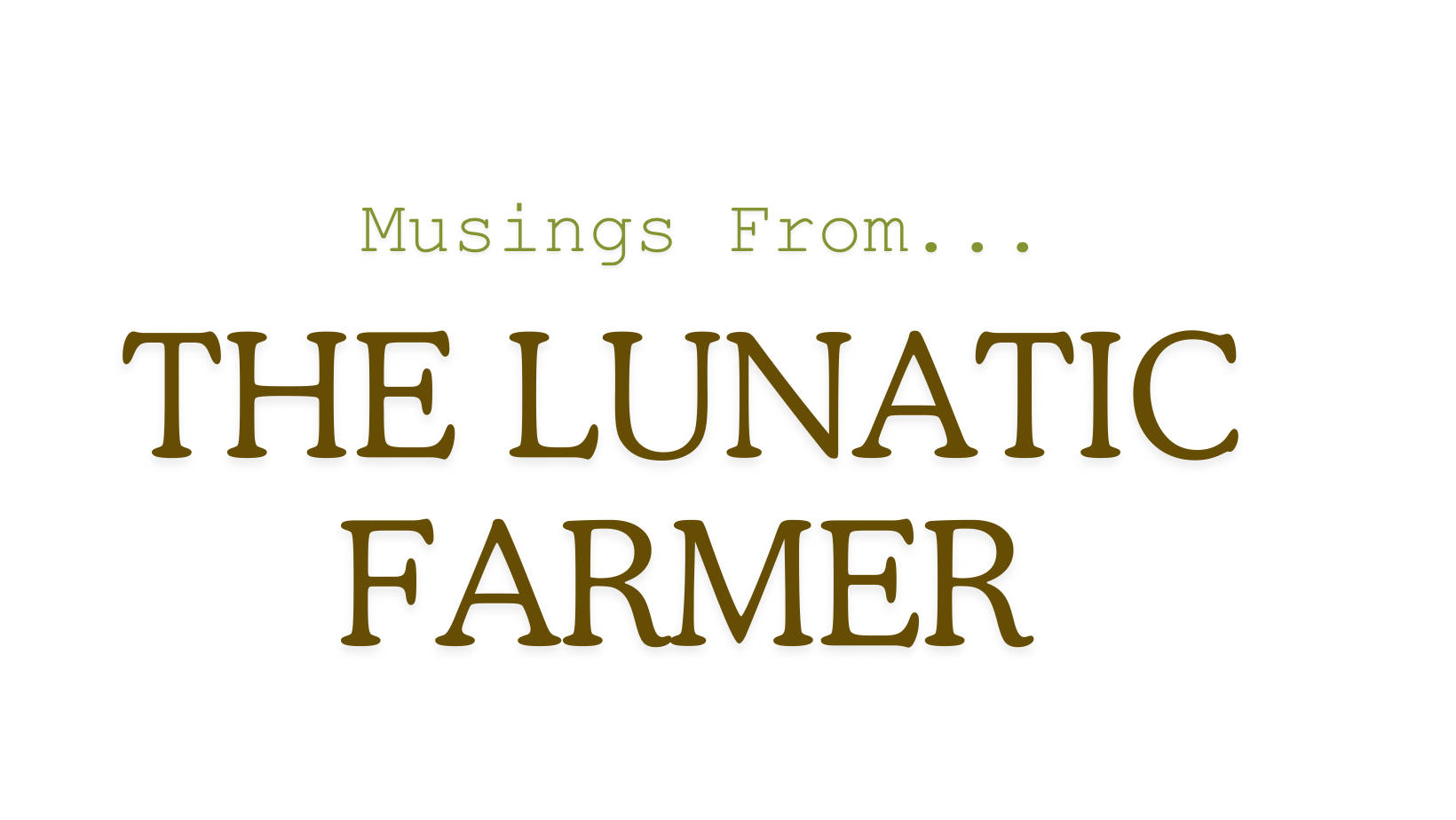INDIGENOUS STEWARDSHIP
I flew to Perth yesterday but had a very enjoyable day at The Farm in Byron Bay on the Gold Coast the day before and wanted to relate yet another new discovery about the Aborigines in Australia.
New insights about how these original people stewarded the land are literally coming to light every year. A recent one was the discovery of new trash piles along the Gold Coast.
The piles are layered lasagna style, with different kinds of ocean leavings in each layer. One layer is crab shells. Another is mussels. Another is shrimp. The archeologists and anthropologists now surmise that as the Aborigines traveled along the coastline eating seafood, these piles recorded what had been harvested by the previous passing group.
That way they carefully preserved the populations of the food source and did not over-harvest one particular species. It was a way of rotational management of the shellfish resource. When a party came upon the pile, if they say mussel shells, for example, they'd know not to harvest mussels.
This kept them from over-harvesting favorite species and kept all the diversity vibrant. As I come to the final week of this month-long journey, I'm struck by the short-sightedness of people. Farmers try to get all they can today, destroying tomorrow's soil. Miners try to get all they can today without regard for tomorrow.
I'm currently in Perth with a master forester who tells me that 50 years ago when the miners (lots of bauxite is mined here, for making aluminum--or as they say in Australia, aluminium) would designate a new 30-acre tract, the locals would come in and harvest the timber. The farmers would harvest trees for fence posts. The sawmillers would take the big stuff for lumber. The firewood people would take the smaller pieces for firewood. After everyone had their benefit, then the mining company would come in and open it up.
Today, nobody is allowed in prior to development. Instead, the mining company goes in with big dozers and pushes off all the vegetation, including 400-year-old trees that would make legacy-beautiful furniture. Everything gets pushed in a pile and burned. The sheer waste is unconscionable.
It reminds me of when Hurricane Katrina roared through New Orleans and took down massive numbers and sized trees. Many were water oaks 200 years old. Forestry experts at the time said that the amount of lumber in these downed trees was enough to build every house being built in the U.S. for two years. But rather than being salvaged, it got pushed into landfills and wasted.
very time I hear people talking about overpopulation and running out of resources, another example of massive, immoral waste surfaces to remind me that we aren't short of resources; we're short of moral compasses and stewardship. As my forester tree-loving friend Neil says, this wastage disrespects life at a foundational level.
Contrast that with these aborigines, who understood over-harvesting and thinking long-term. That they conceived of a way to communicate with others in such a prescient way indicates that destruction is not inherent in the human breast even though I admit today it seems to be. We need more Aboriginal thinking, not less.
Who is backward? Moderns or Aboriginals?
